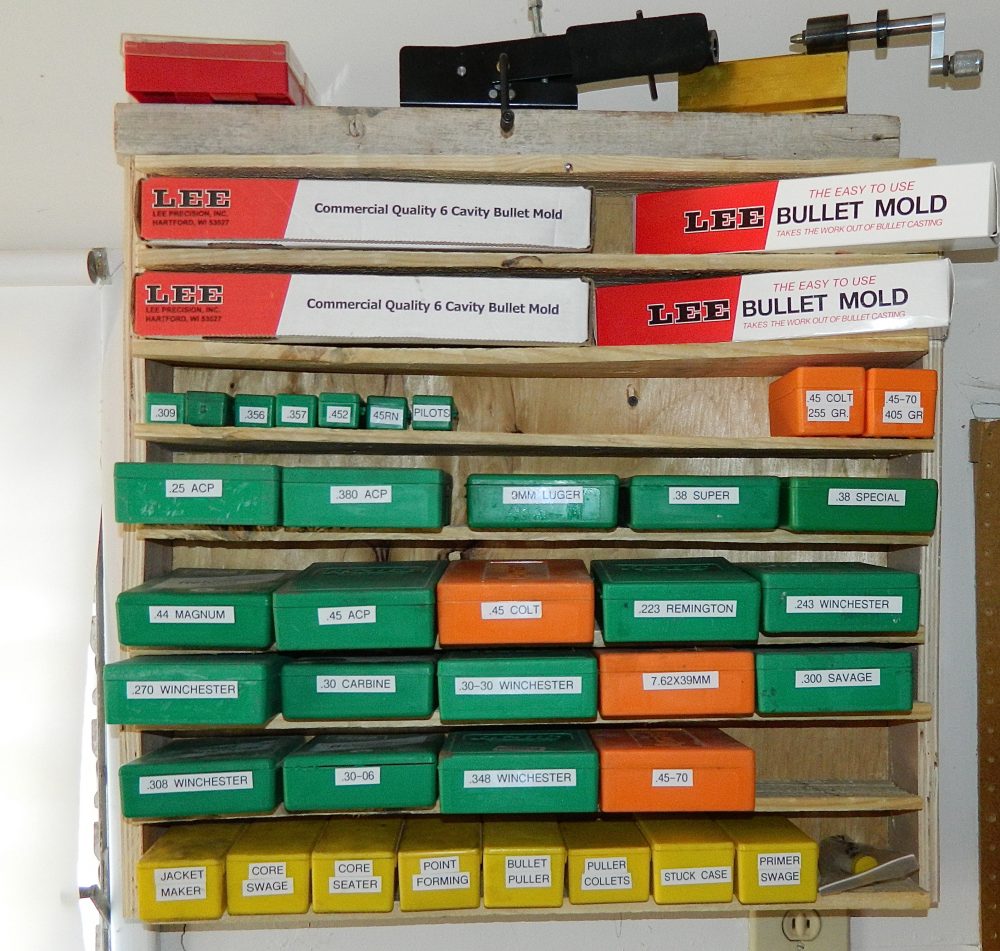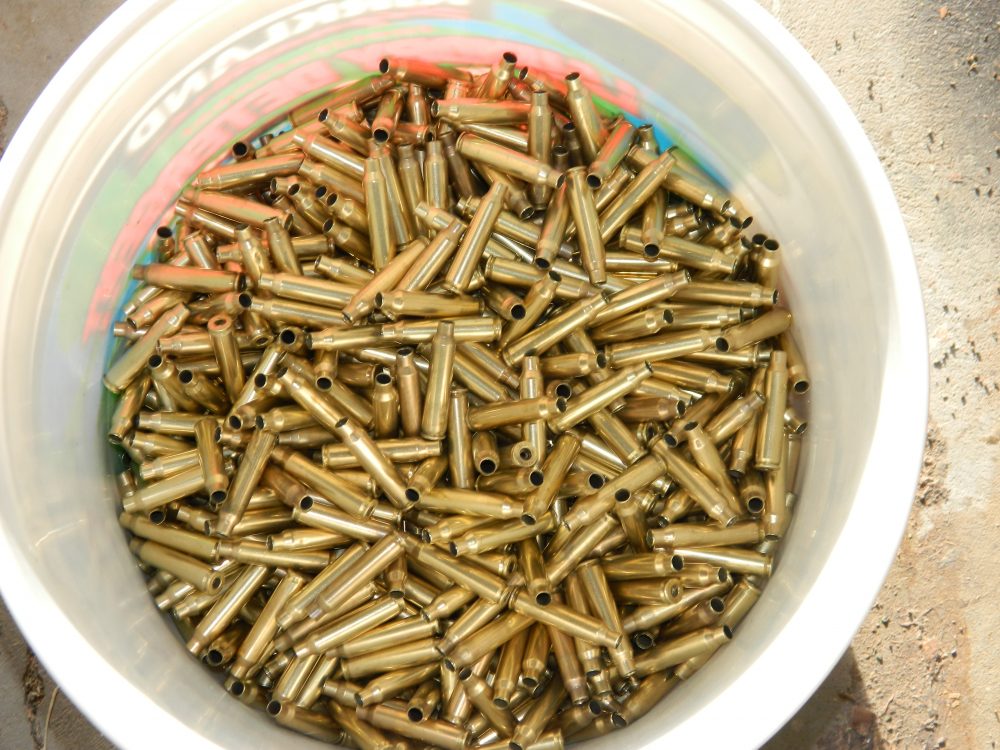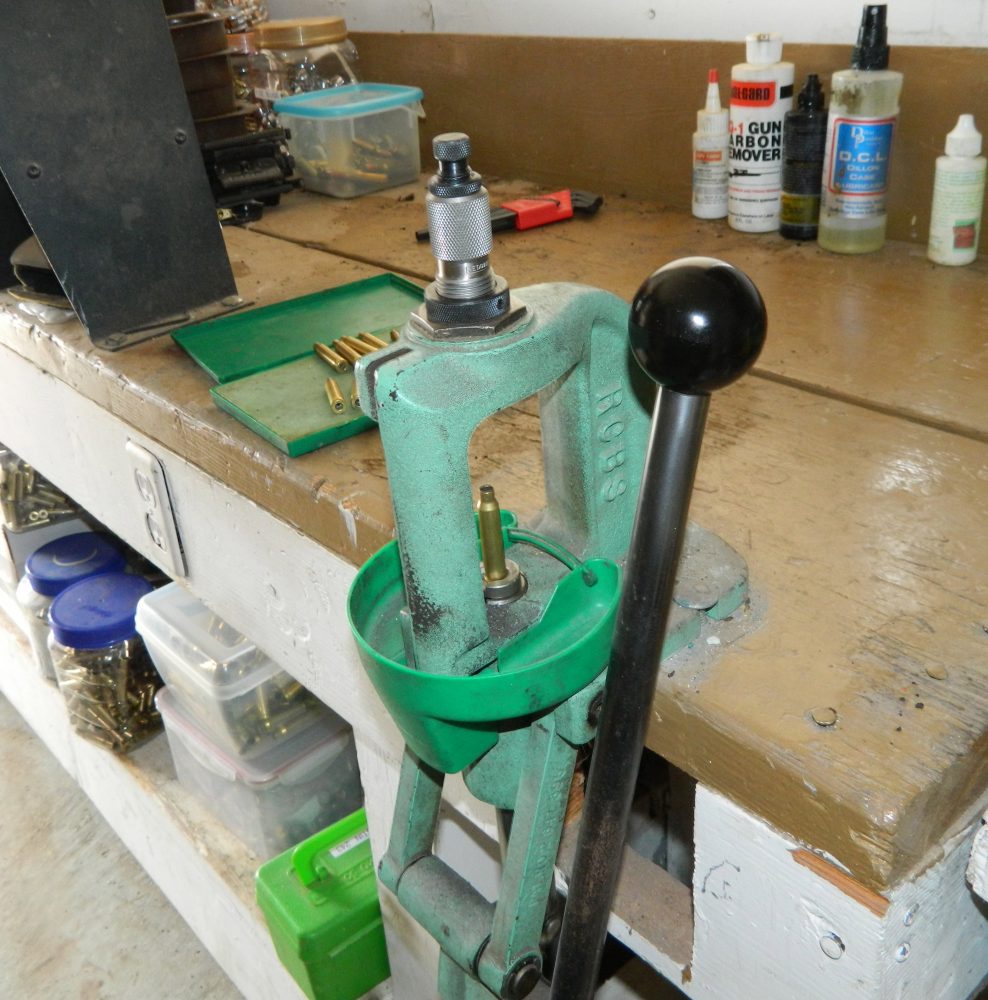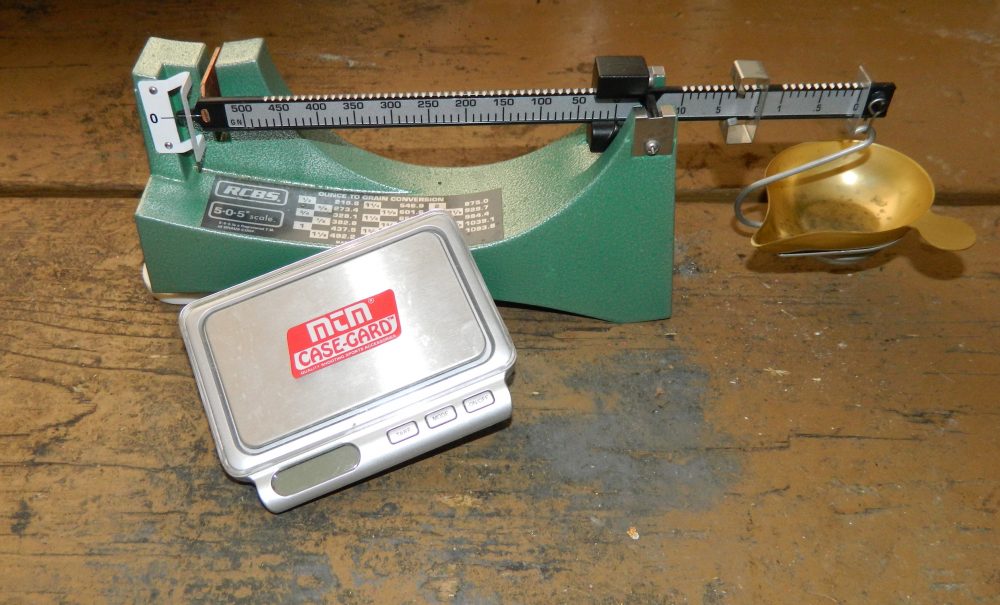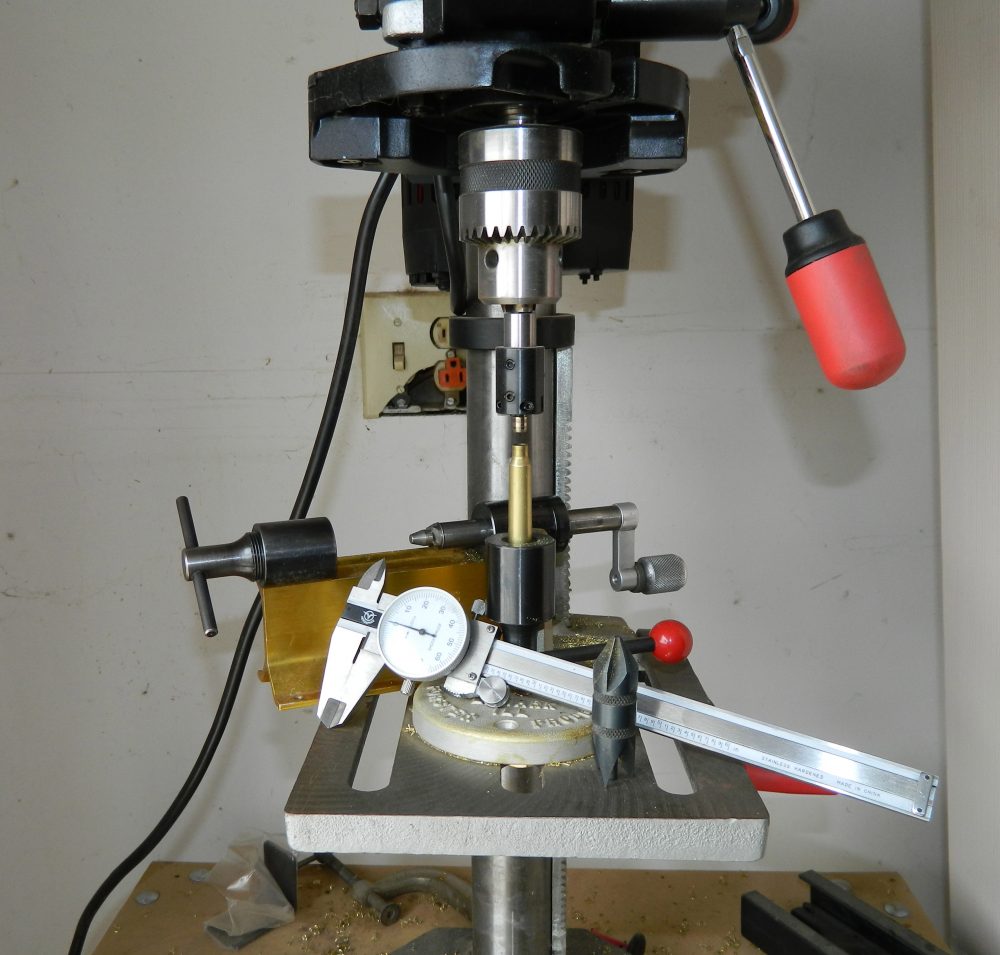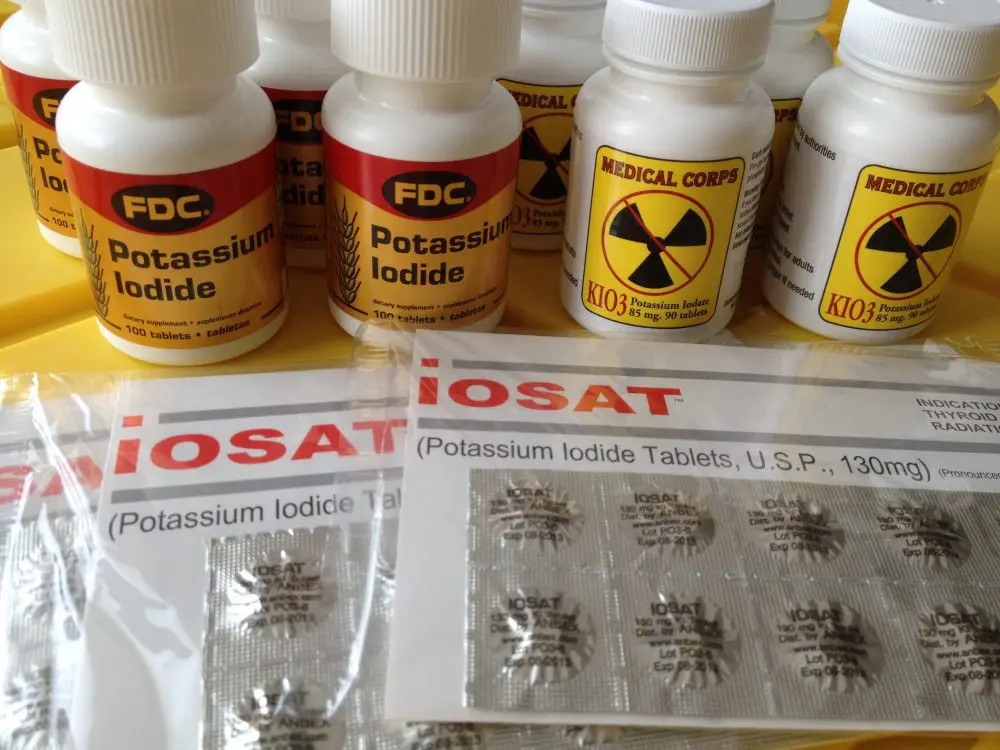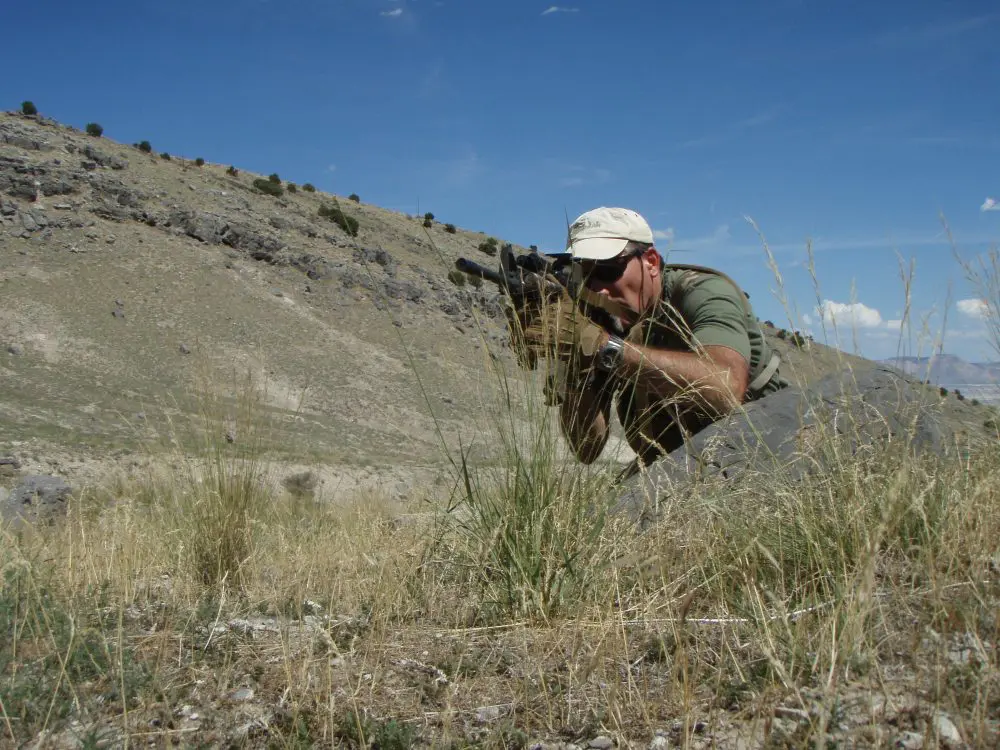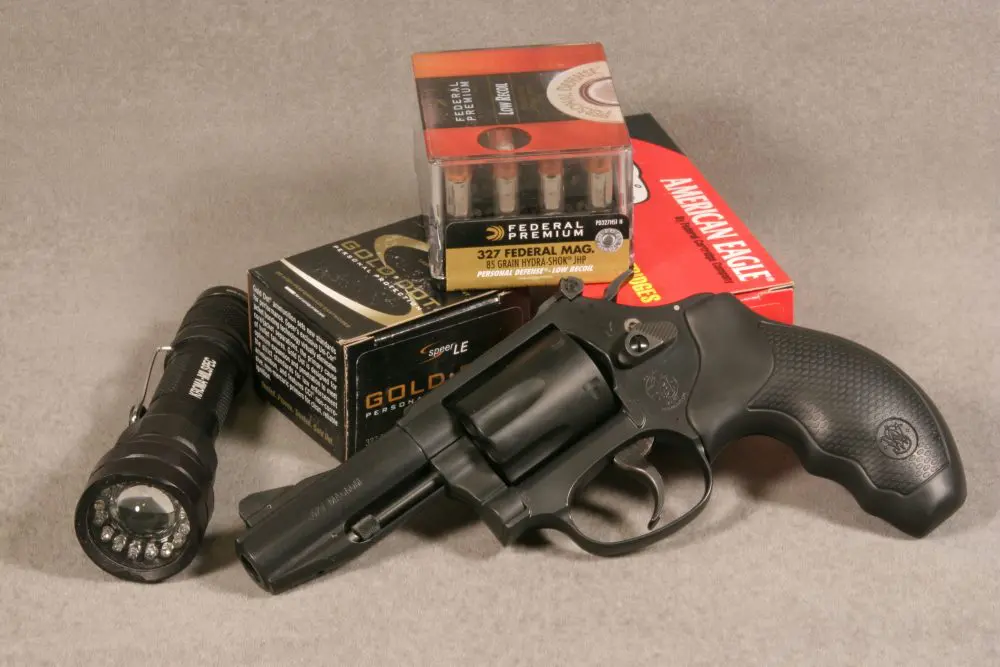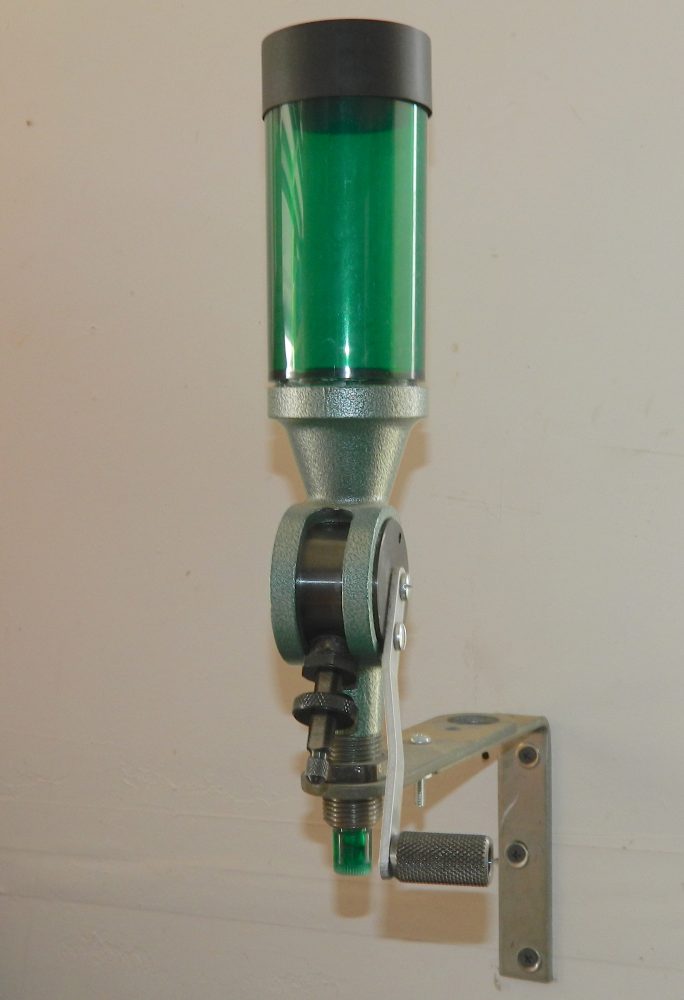
The high price and limited availability of ammunition remain concerns to all shooters. You can get ahead of the game by rolling your own.
I received a basic reloading setup as a Christmas gift in 1974. In just shy of four decades, I’ve loaded tens of thousands of rounds on the same press. In the long run, reloading has not only saved me thousands of dollars, but has also been an enjoyable hobby and has allowed me to tailor loads to specific firearms.
This article is not a “how to” guide so much as a basic primer on what you will need if you decide to “roll your own.”
Getting started will obviously involve spending money, but the equipment will pay for itself in the long run.
Table of Contents
THE PRESS
The first item you need is a press. There are three types of reloading presses. From the simplest and least expensive to the most complicated and expensive, they are: single-stage press, turret press, and auto-indexing progressive press.
For rifle ammunition, a single-stage press will likely suffice for most, and the compound leverage that modern single-stage presses provide can load the largest calibers. On single-stage presses, a different die must be screwed in for each operation. This can be as few as two for rifle or as many as four for pistol calibers. While single-stage presses are the most economical, they are also the most work intensive.
Next up in both speed and price is the turret press. A shell plate will hold the number of dies required and is usually turned by hand for each operation, although one shell case at a time is worked on. The turret press is faster than a single stage, and with practice 200 rounds per hour can be produced. Many designs provide enough leverage for loading rifle.
Reloading dies can represent a significant expenditure and should be cared for and organized.
Finally we come to the auto-indexing progressive press. Once properly set up, a fully loaded round is ejected from the press with each stroke of the handle. With a progressive, it is possible to load 500 rounds in an hour. This type of press is highly recommended for anyone who shoots a large quantity of ammunition. Drawbacks for someone just getting into reloading are the price and the fact that many don’t have enough leverage to effectively load all but the smallest of rifle calibers.
For the beginner, a single stage is hard to beat. However, only you can decide which is the best type of press depending on how much you want to spend, how much you shoot, and how much time you have to devote to reloading.
DIES
Dies for rifles usually come in a set of two—full-length resizing/decapping and bullet seater/crimp. Three die sets for rifles are also available and include the full-length sizing die, neck sizing die and bullet seater/crimp die. Neck sizing should only be done on brass for the same bolt-action rifle. Since my family has several different rifles in the same caliber, I full-length resize all rifle brass. In fact, most of my rifle dies are “small base” dies, which will more reliably feed in semiautomatic rifles. Rifle brass must be lubricated before being resized. If not lubed, the case will become stuck in the die.
Pistol dies often come in a set of three dies—resizing, decapping/case mouth expander, and bullet seater/crimp die. I strongly suggest buying a set with a carbide resizing die, which eliminates having to lube the cases as with rifle dies.
Some pistol dies come in a set of four, the same as above but with the addition of a taper crimp die. If your set does not have a taper crimp die, buy one. It makes pistol ammunition much more reliable in terms of feeding.
Regarding price, there’s a negligible difference between the least and most expensive brands. To start, buy what is most affordable.
These 2,000 .223 cases have been sized, trimmed, and given a final polish. They’re ready to be reloaded.
POWDER MEASURES
In order to “throw” a powder charge, you need a powder measure. Consistency in the powder charge is critical to safe and accurate ammunition. I have used the same RCBS Uniflow powder measure for years. With care, one should last you a lifetime.
SCALES
There are two types of scales—balance beam and electronic. Scales are used to weigh the powder charge from your powder measure. Adjust the powder measure until the scale measures exactly the weight of charge you need.
The weight of each powder charge with the correct powder for a certain load is critical. Either a squib load or an overcharge—especially in pistols—can lead to catastrophic results.
RCBS Rock Chucker is one of the most popular single-stage presses. Author has used this press for almost 40 years, and it’s still going strong.
TUMBLERS
Before resizing any brass, the cases need to be cleaned so as not to scratch the polished interior of the die, which in turn will leave scratch marks on the cases. This can be done with a rag but is a real pain in the rear. Consider getting a tumbler to clean and polish the cases.
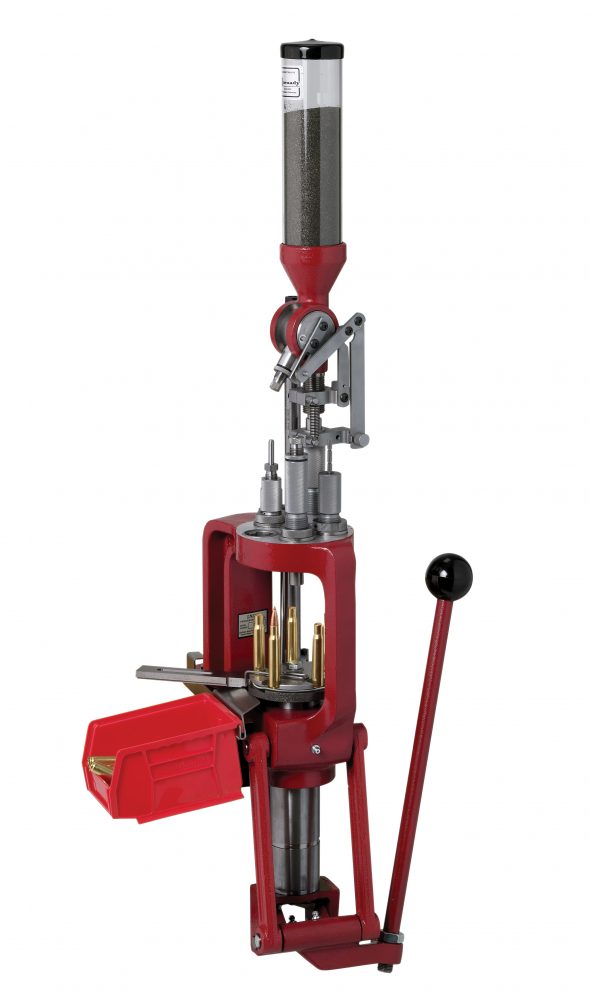
There are two types: rotary and vibratory. I have used both and much prefer the vibratory type. Prices run the gamut from around $30 to $150. As with what type of press you should buy, deciding which tumbler to purchase depends largely on how many cases you need to prepare.
CASE TRIMMERS
If you full-length resize rifle cases—and I believe you should—you need a case trimmer.
Bottleneck rifle cases will stretch when resized and may not chamber unless they are trimmed. Additionally, if you have set your dies to crimp using a round that is short, longer cases will likely have a bulge in them right at the shoulder due to too much crimp, and they will most definitely not chamber. A set of calipers will come in handy here as you trim to the recommended trim length for a particular cartridge.
A hand-cranked trimmer is suitable for all but the largest quantities of cases. After trimming, deburr the outside of the case and chamfer the case mouth with a deburring tool. Another option is the Forster 3-in-1 Case Mouth Cutter, which trims, deburrs and chamfers in one operation.
I load a lot of .223, and for trimming I use a Forster Power Case Trimmer, which fits in any standard drill press, along with the 3-in-1 Case Mouth Cutter. If you have a lot of cases to trim, this is the way to go.
HAND PRIMING TOOL
If you have chosen to purchase a single-stage press, I suggest buying a hand priming tool. A good hand priming tool allows you to “feel” each primer as it is seated much better than on the press itself. For all my rifle cartridges, I have used a Lee Auto Prime for years, and have nothing but good things to say about it.
Two types of scales: balance beam and electronic. Advantages of balance beam scales are that they require no power source and are usually less expensive.
ODDS AND ENDS
Military cases such as 5.56mm can be reloaded using .223 dies, but they have a few idiosyncrasies, the biggest of which is the crimped primer pocket. After resizing, this crimp must be removed before repriming. There are a few ways to do this.
The first is to use a very sharp knife or deburring tool. Neither is very precise. Some cases may have too much brass removed and others may have too little. It’s frustrating to start priming cases and find out that the new primers will not seat into the primer pocket.
My preferred method is to use an RCBS primer swage tool, which consists of a special die and primer swaging head. A case is inserted into the die, which contains a special hardened rod (for either small or large primers). A swaging head is placed on the ram just like a shell holder. On the down stroke, the case is raised and stopped by the rod as the swaging head continues up with the cartridge. The result is a perfectly round pocket that is the correct dimensions for primers.
Two Forster trimmers: Power Case Trimmer with 3-in-1 Case Mouth Cutter, and classic hand-crank type. Also shown are set of calipers to measure trimmed cases, and hand deburring tool.
Almost every reloader I know has a preference for one type of powder for various loads, and I can certainly relate to this. For very accurate rifle loads, I too have my “pet” powders.
But for practice handloads, I have settled on two powders that can be purchased in bulk eight-pound containers and often found on sale—H4895 and Unique. For rifles, H4895 will load everything from .223 to .300 Win Mag. Unique can be used in virtually all handgun loads and even shot shells.
In future issues, I’ll go into more detail. The next installment will cover the pros and cons of casting your own bullets to save money.
